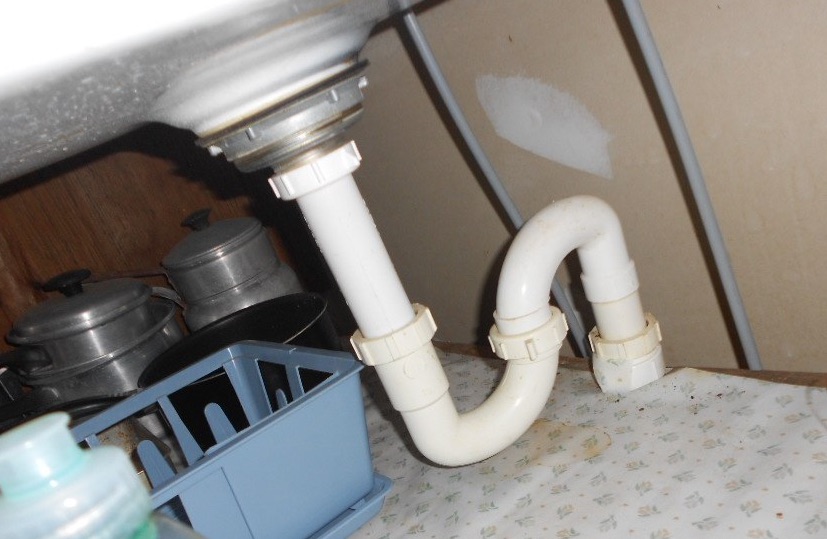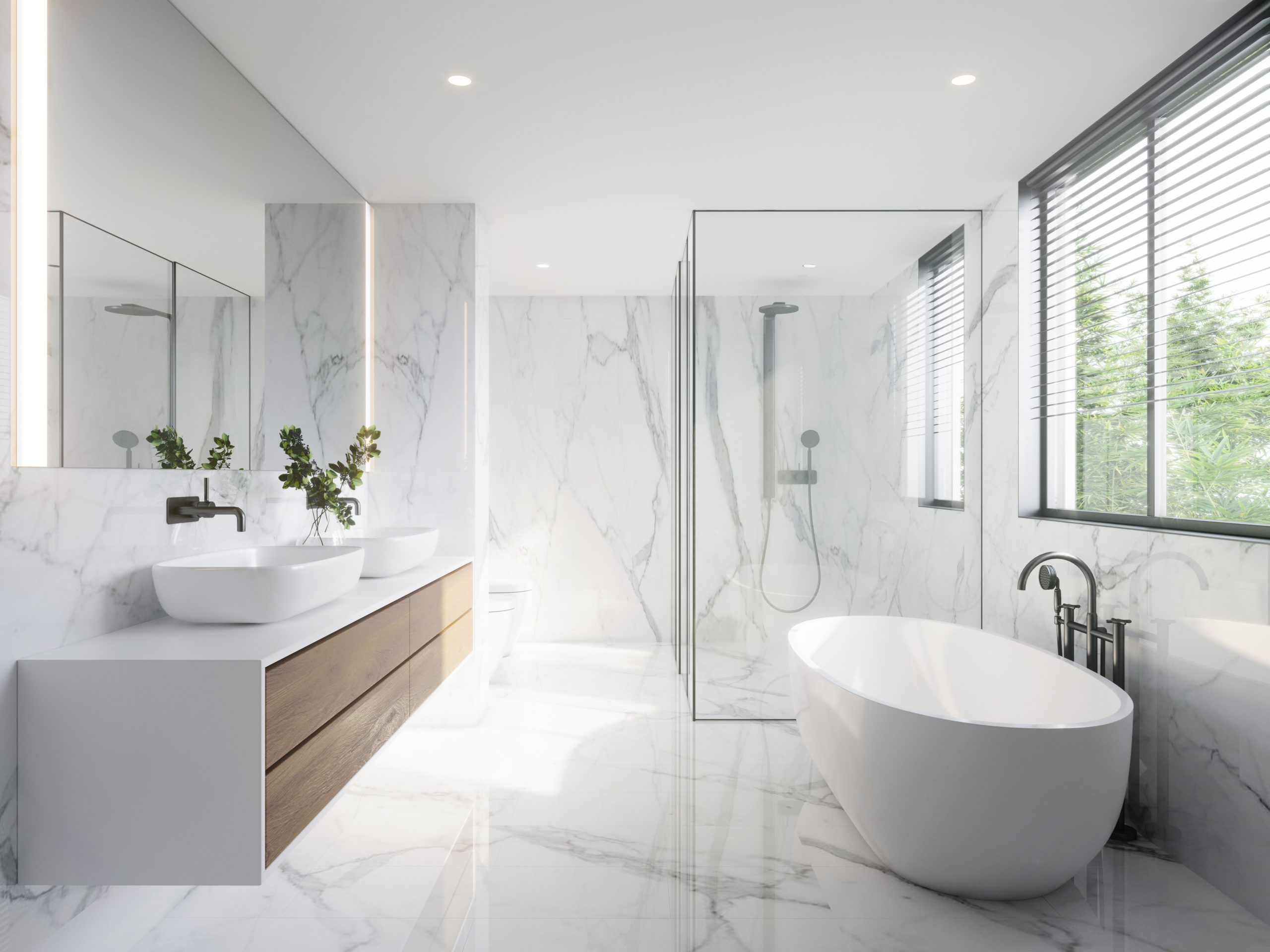Why Correct Ventilation Safeguards Your Plumbing System
Why Correct Ventilation Safeguards Your Plumbing System
Blog Article
The writer is making several good pointers related to What Is A Plumbing Vent & How Do They Work? in general in this content which follows.

Appropriate air flow in pipes systems is typically overlooked, yet it is vital for maintaining the performance and safety and security of your home's plumbing. Air flow aids control atmospheric pressure, prevent the accumulation of dangerous gases, and make sure the reliable elimination of waste. In this guide, we will certainly explore the significance of proper pipes ventilation, exactly how it functions, and the benefits it gives your pipes system.
Comprehending Ventilation in Plumbing
Ventilation in plumbing refers to the network of pipes that allow air to flow through the water drainage system. These vents offer numerous objectives, consisting of regulating air pressure within the pipelines, avoiding drain gases from getting in the home, and aiding in the smooth flow of wastewater.
How Ventilation Works in Plumbing Equipments
Air Pressure Law
Appropriate ventilation keeps balanced air pressure within the plumbing system. When water flows with pipes, it displaces air. Without ample ventilation, this variation can develop negative stress, resulting in reduce drains or siphoning of water from traps, which can trigger undesirable odors to leak into the home.
Protecting Against Drain Gas Buildup
One of the most vital features of pipes vents is to avoid sewer gases, such as methane and hydrogen sulfide, from collecting within the home. These gases can present major wellness risks and are very flammable. Vent pipelines enable these gases to escape securely outdoors.
Aiding in Waste Removal
Air flow assists in the effective elimination of wastewater by stopping airlocks in the drainage system. When air can move freely through the vents, it enables water and waste to stream smoothly via the pipes, decreasing the threat of clogs and backups.
Kinds Of Pipes Vents
Main Stack Vent
The main stack vent, additionally referred to as the air vent stack, is the primary vent in a plumbing system. It expands from the major drain line up via the roof, allowing gases to leave and fresh air to get in the system.
Branch Vent
Branch vents link to the primary pile vent and serve private components, such as sinks, toilets, and showers. These vents make certain that each component has appropriate air flow to operate correctly.
Air Admittance Shutoff (AAV).
An Air Admission Shutoff (AAV) is a one-way shutoff that permits air to get in the pipes system without the requirement for a conventional air vent pipe extending via the roofing system. AAVs are frequently used in restorations or locations where installing a basic air vent is unwise.
Indications of Poor Air Flow in Pipes.
Slow Draining Fixtures.
If your sinks, bathtubs, or bathrooms are draining slowly, maybe a sign of poor ventilation. Insufficient air circulation can create a vacuum cleaner result, making it tough for water to drain properly.
Gurgling Sounds.
Gurgling sounds originating from drains are typically an outcome of air being drawn with water traps because of adverse pressure in the pipes. This is a clear sign of insufficient ventilation.
Unpleasant Odors.
Drain odors inside your home are a red flag that your pipes system is not appropriately aerated. This could indicate that drain gases are not being appropriately aired vent outside, resulting in possibly unsafe conditions.
Common Ventilation Mistakes.
Inadequate Vent Sizing.
Making use of undersized air vent pipelines can result in inadequate air circulation and pressure inequalities in the system. It's important to make use of vents that meet the certain requirements of your plumbing system.
Improper Vent Placement.
Putting vents too far from the fixtures they serve can minimize their performance. Proper positioning ensures that air can flow easily and effectively with the system.
Ignoring Code Needs.
Building ordinance give certain guidelines for pipes ventilation. Neglecting these codes can lead to a system that fails to function properly and might result in pricey repairs or health hazards.
Benefits of Proper Ventilation.
Enhanced System Effectiveness.
Properly ventilated pipes systems run a lot more effectively, with less obstructions, faster draining, and much less stress on the pipes. This performance prolongs the life-span of the pipes system.
Improved Air Top Quality.
By protecting against sewage system gases from entering your home, proper ventilation contributes to far better interior air high quality, making your living atmosphere healthier and more comfortable.
Preventing Water Damages.
Ample ventilation helps avoid water from being siphoned out of catches, which can result in sewage system gases entering the home and creating water damages gradually.
Actions to Make Certain Correct Ventilation.
Consulting Pipes Codes.
Constantly get in touch with neighborhood plumbing codes when developing or customizing your pipes system. These codes offer the needed standards for appropriate venting and guarantee your system satisfies safety and security requirements.
Normal Examination and Upkeep.
Regular examinations can help identify possible ventilation issues prior to they end up being major issues. Maintenance tasks, such as cleaning air vent pipelines and looking for blockages, are important for maintaining the system in good working order.
Expert Setup.
For brand-new installments or significant modifications, it's wise to employ an expert plumbing. They have the proficiency to make sure the ventilation system is appropriately designed and installed according to code.
Verdict.
Correct air flow is a vital component of any type of pipes system, ensuring that it functions efficiently and safely. By comprehending the importance of air flow, identifying the signs of poor ventilation, and taking steps to maintain your system, you can protect against costly problems and secure your home's air top quality.
What is a Plumbing Vent and it's used for?All plumbing systems in residential and commercials construction have a plumbing vent. It doesn’t just vent unwanted odors from the drainage system to the outside; it actually serves an important purpose by supplying air to the system.
The plumbing drainage system is actually called a drainage, waste and vent (DWV) system. When water flows down the piping, an air supply (vent) is needed to allow the water to flow. Think of the vertical pipe as a drinking straw. If you plug the top end of a straw, liquid won’t drain from it.
The DWV system in your building consists of a series of pipes connected to each fixture; they extend above each fixture, and the system terminates at an open pipe that extends through the roof. This piping allows air into the system and prevents unbalanced pressures in the piping.
?The vent also prevents the system from drawing water out of a trap at the fixture with the characteristic “glug-glug-glug” as the drain gasps for air. Plumbing traps should drain smoothly and never “glug” or gasp for air.
If you have a drain that empties slowly or gurgles as it drains, this may indicate a venting problem. If you flush a toilet and the sink gurgles, there’s definitely a vent problem. It is good idea to have a Plumber check this.
https://www.ameliashomeinspection.com/blog/what-is-a-plumbing-vent-and-its-used-for

Hopefully you enjoyed reading our part about Why Plumbing Air Vents Are Important. Thanks a ton for finding the time to read our article post. Enjoyed reading our entry? Please quickly share it. Let somebody else locate it. Thanks so much for taking the time to read it.
Get Offer Report this page